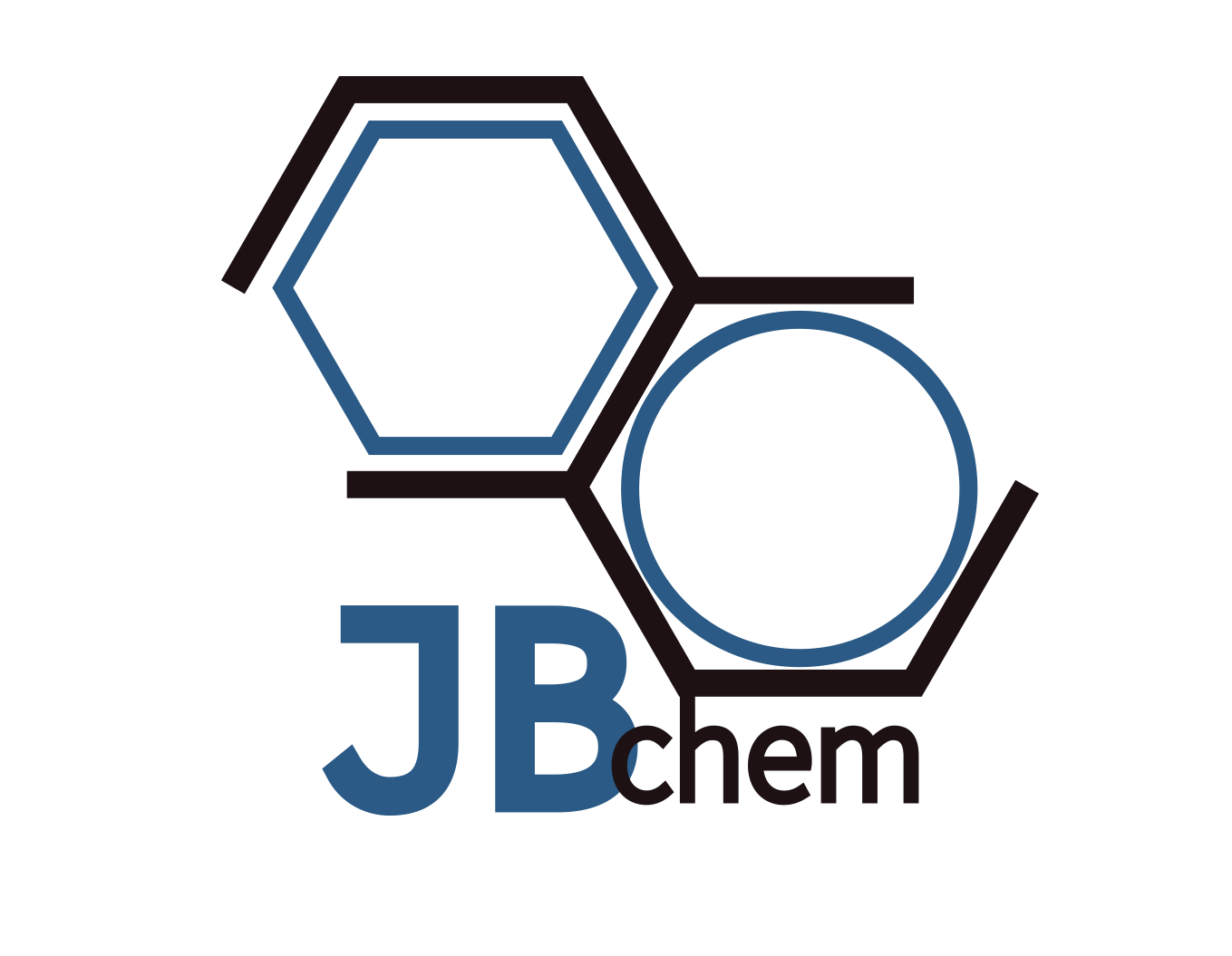Product Properties
Name: Lutetium Chloride
Formula: LuCl3.6H2O
CAS No.: 15230-79-2
Molecular Weight:389.33
Density: 3.98 g/cm3
Melting point: 905° C
Appearance: White crystalline
Specification of Lutetium Chloride
| Product Name | Lutetium Chloride | |||
| Grade | 99.9999% | 99.999% | 99.99% | 99.9% |
| CHEMICAL COMPOSITION | ||||
| Lu2O3 /TREO (% min.) | 99.9999 | 99.999 | 99.99 | 99.9 |
| TREO (% min.) | 45 | 45 | 45 | 45 |
| Rare Earth Impurities | ppm max. | ppm max. | ppm max. | % max. |
| Tb4O7/TREO Dy2O3/TREO Ho2O3/TREO Er2O3/TREO Tm2O3/TREO Yb2O3/TREO Y2O3/TREO | 0.1 0.2 0.2 0.4 0.5 0.3 0.2 | 1 1 1 5 5 3 2 | 5 5 10 25 25 50 10 | 0.001 0.001 0.001 0.001 0.11 0.05 0.001 |
| Non-Rare Earth Impurities | ppm max. | ppm max. | ppm max. | % max. |
| Fe2O3 SiO2 CaO NiO ZnO PbO | 3 10 10 1 1 1 | 5 30 50 2 3 2 | 10 50 100 5 10 5 | 0.002 0.012 0.02 0.031 0.001 0.001 |
Application of Lutetium Chloride
Catalysis: Lutetium chloride can act as a catalyst in organic chemical reactions, speeding up the processes without being consumed. It’s particularly useful in specific types of reactions that involve the synthesis of fine chemicals and pharmaceuticals, making these processes more efficient and sometimes more environmentally friendly.
Research and Laboratories: In the realm of scientific research, lutetium chloride is often utilized in the synthesis of other lutetium compounds. It serves as a starting material due to its solubility and reactivity, facilitating the production of various lutetium-based materials for study and application in materials science, chemistry, and physics.
Nuclear Medicine: One of the most exciting applications of lutetium chloride is in the field of nuclear medicine, particularly in the production of Lutetium-177 isotopes. Lu-177 is a radioactive isotope used in targeted radionuclide therapy, especially for treating certain types of cancers. Lutetium chloride serves as a precursor in the production of Lu-177, which can be attached to molecules designed to seek out and destroy cancer cells while minimizing damage to healthy tissues.
Optoelectronics and Phosphors: While not as common, lutetium chloride is also explored for its potential in optoelectronic applications and as a dopant in making phosphors. Phosphors are materials that emit light when excited by electrons or ultraviolet light, and lutetium-doped phosphors can have specific applications in lighting and display technologies.

